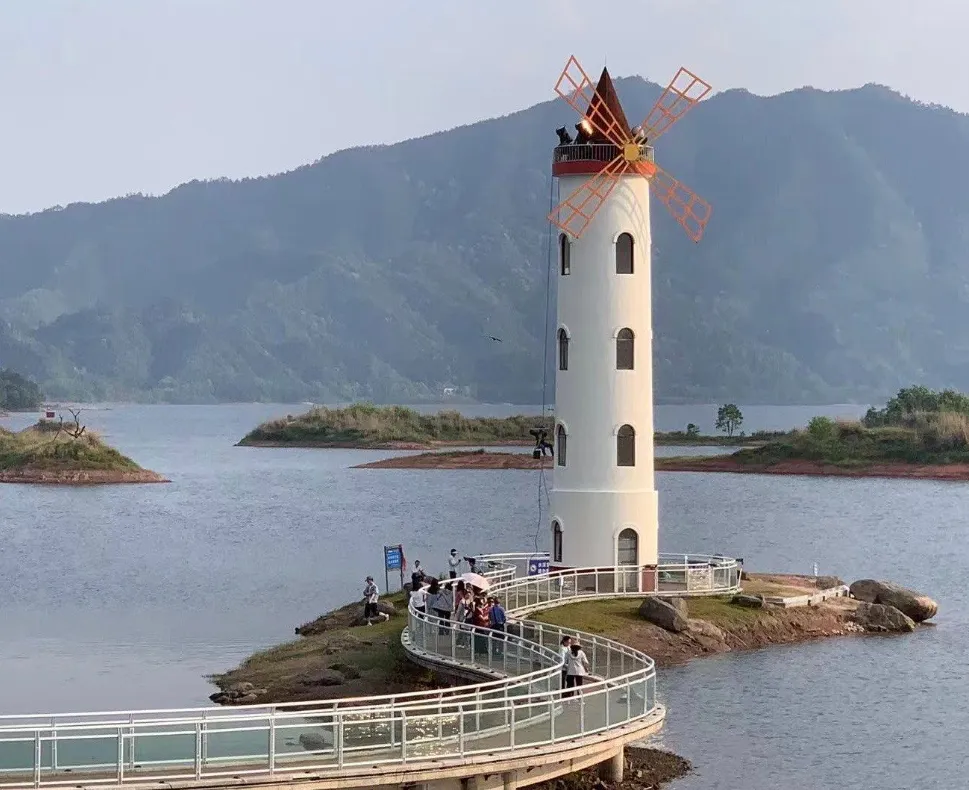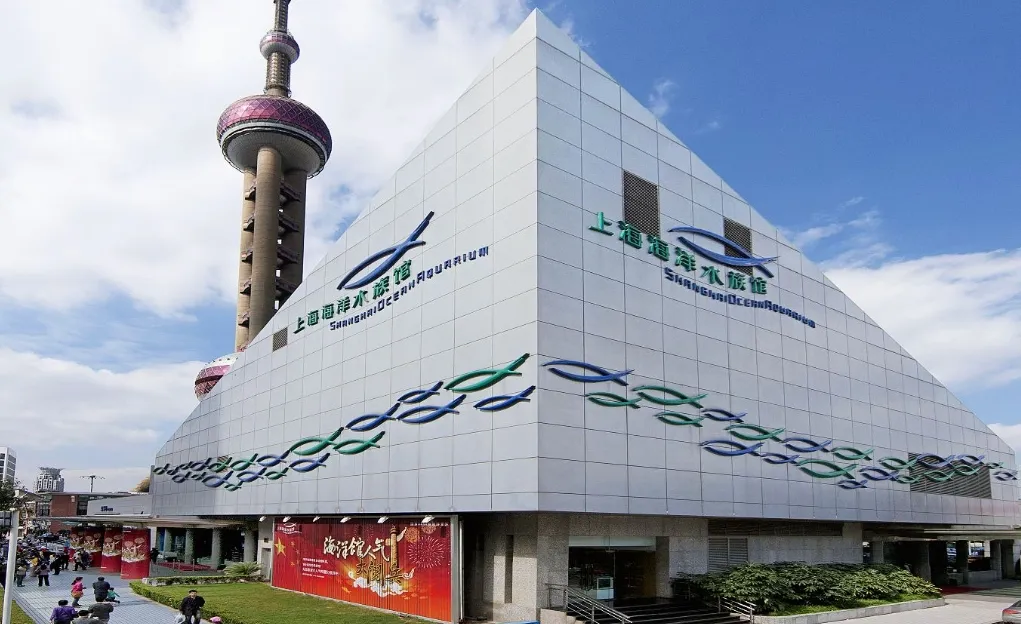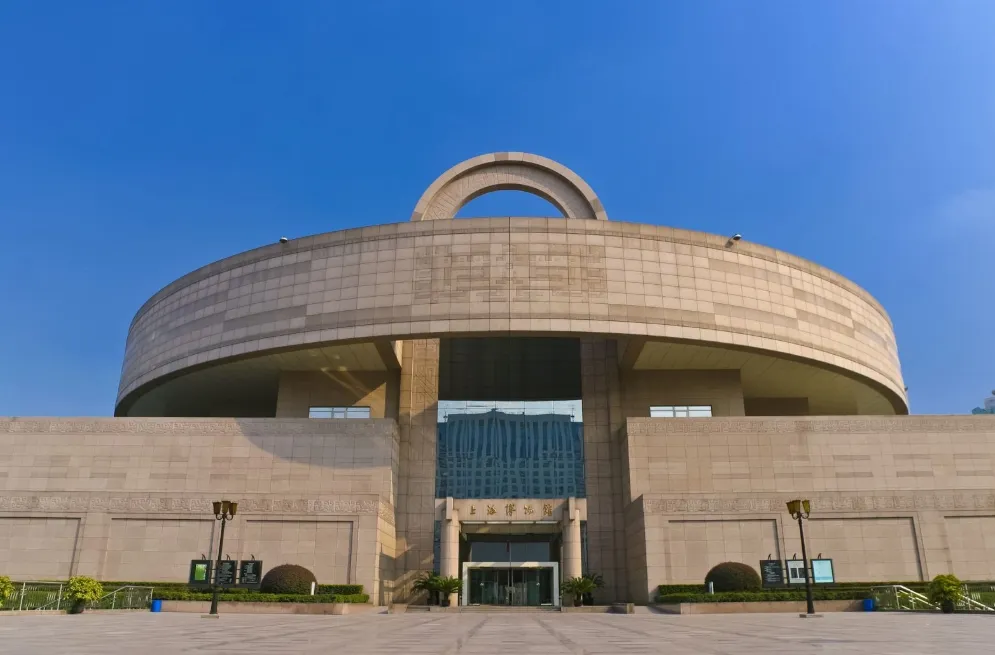Introduction
Planning a trip to eastern China? Consider adding Qiandao Lake to your itinerary. Located in Zhejiang Province, this scenic destination is known for its emerald waters and over 1,000 islands. It’s a top choice for nature lovers and adventure seekers alike.
This guide covers everything you need to know before visiting. From must-see attractions to practical travel tips, we’ll help you plan a smooth and memorable experience. Whether you’re traveling solo, with family, or in a group, Qiandao Lake offers something for everyone.
The area is also famous for its clean drinking water and eco-friendly tourism initiatives. Many visitors are surprised by how well-preserved the natural environment remains. With good infrastructure and growing international accessibility, it’s becoming easier than ever to explore.
In the following sections, you’ll find detailed information on top attractions, seasonal highlights, transportation options, and more. Let’s dive into what makes this region a standout destination in China.
Why Visit Qiandao Lake?
Qiandao Lake, also known as Thousand Island Lake, is more than just a pretty view. It was formed in 1959 after the construction of the Xin’an River Hydropower Station. The reservoir flooded an old county, creating more than 1,078 islands.
Today, it’s one of China’s most popular inland water destinations. The lake spans over 573 square kilometers, making it ideal for boating, hiking, and photography. Its name literally means “Thousand Island Lake,” though the actual number of islands exceeds that.
What sets Qiandao Lake apart is its combination of natural beauty and sustainable development. The local government has invested heavily in eco-tourism. As a result, air and water quality remain high.
Visitors enjoy clear skies, lush greenery, and peaceful surroundings. The area is especially popular with travelers from Shanghai and Hangzhou, who come for weekend getaways. International tourists are discovering it too, thanks to improved access and multilingual services.
If you’re looking for a mix of relaxation and light adventure, this destination delivers.
Top Attractions Around the Lake
The region offers a wide range of attractions. Each island has its own theme or natural feature. Here are some of the most visited spots:
– **Meiyu Island**: Once home to a famous scholar, this island features traditional architecture and serene gardens.
– **Bird Island**: A haven for birdwatchers, with native and migratory species.
– **Monkey Island**: Home to a troop of playful macaques—great for families.
– **Thousand Island Lake Scenic Belt**: A lakeside walkway with viewpoints and cafes.
Most visitors take a boat tour to explore multiple islands in one day. Tour operators offer 3-hour, 5-hour, or full-day cruises. Tickets usually include entry to 3–5 islands.
Some islands have museums or cultural exhibits. Others focus on outdoor activities like zip-lining or hiking trails. The variety ensures that no two visits feel the same.
Pro tip: Start early in the morning to avoid crowds and catch the best light for photos.
Best Time to Visit Qiandao Lake
Timing your trip can make a big difference. The climate is subtropical, with four distinct seasons. Each season offers unique experiences.
Spring (March–May) brings mild temperatures and blooming flowers. It’s one of the most scenic times to visit. Summer (June–August) is warm and humid, perfect for water activities. However, it’s also peak tourist season.
Autumn (September–November) offers comfortable weather and golden foliage. Many travelers consider this the ideal time to visit. Winter (December–February) is quiet and less crowded. While colder, it provides clear views and peaceful walks.
Check local festivals too. The Qiandao Lake International Tourism Festival in October draws visitors with food, music, and boat parades.
For fewer crowds and pleasant weather, aim for late September to early November.
How to Get to Qiandao Lake
Reaching the lake is easier than many think. The nearest major city is Hangzhou, about 130 kilometers away. From there, you have several options:
– **By Bus**: Direct coaches run from Hangzhou’s Long-Distance Bus Station. The ride takes about 2 hours.
– **By Train + Taxi**: Take a high-speed train to Jiande or Chun’an Station, then a taxi to the lake (30–40 minutes).
– **By Car**: Rent a vehicle in Hangzhou. Well-marked highways lead directly to the main entrances.
– **Private Transfer**: Ideal for families or groups wanting comfort and flexibility.
There is no airport at Qiandao Lake, but Hangzhou Xiaoshan International Airport serves as the main gateway. Some tour companies offer airport pickup services.
Once on site, local buses and taxis connect key areas. Boats are the primary way to move between islands.
Where to Stay Near the Lake
Accommodation ranges from budget guesthouses to luxury resorts. Most options are clustered around the main scenic area.
Here’s a quick comparison:
| Type | Price Range (USD/night) | Best For |
|---|---|---|
| Budget Hotels | $30–$60 | Solo travelers, backpackers |
| Mid-Range Hotels | $60–$120 | Families, couples |
| Luxury Resorts | $120–$300+ | Honeymooners, business travelers |
| Eco-Lodges | $80–$150 | Nature lovers, sustainability-focused guests |
Many high-end properties offer lake views, spas, and private docks. Some even arrange guided tours or water sports.
If you prefer a quieter stay, consider lodging slightly outside the main tourist zone. You’ll still be close to attractions but enjoy more peace.
Book in advance during holidays or weekends. Availability drops quickly in peak season.
Local Food and Dining Experiences
No trip is complete without tasting local flavors. Qiandao Lake is famous for its fresh fish, especially the whitebait and mandarin fish.
The lake’s clean water produces some of the best-tasting freshwater fish in China. Restaurants along the shore serve dishes like steamed mandarin fish and fish head stew.
Other regional specialties include:
– Bamboo shoots with ham
– Tea eggs made with local tea leaves
– Osmanthus cake, a sweet dessert
Many visitors enjoy dining at lakeside restaurants. The combination of fresh food and scenic views is hard to beat.
For a unique experience, try a “floating restaurant.” These are boats converted into dining spaces, offering an immersive lake experience.
Don’t forget to try Qiandao Lake’s branded drinking water—it’s exported globally and known for its purity.
Outdoor Activities and Adventure
Beyond sightseeing, the area offers plenty of active pursuits. Water-based activities are especially popular.
You can:
– Rent a kayak or paddleboard
– Take a speedboat tour
– Go fishing (with a permit)
– Try wakeboarding or jet skiing
On land, hiking trails wind through forests and hills. The most famous route leads to Guan Yue Tower, offering panoramic views of the lake.
Cycling is another great option. Dedicated bike paths follow parts of the shoreline. Rentals are available near major piers.
For a more relaxed pace, walk the Lakeside Promenade. It’s well-maintained and lined with trees, benches, and photo spots.
Adventure parks on certain islands feature rope courses and climbing walls—perfect for kids and teens.
Cultural and Historical Highlights
While nature takes center stage, the region has deep cultural roots. The original town of He Tian was submerged when the lake was created.
Today, the underwater ancient city draws divers and history enthusiasts. Some tours offer glass-bottom boat rides to glimpse the ruins.
Temples and pavilions dot the islands. Meiyu Island, for example, honors Fang Xiaoru, a Ming Dynasty scholar. His legacy lives on in calligraphy displays and quiet courtyards.
Local museums showcase the lake’s creation and its impact on communities. Exhibits include old maps, photos, and personal stories.
Visitors interested in Chinese philosophy may appreciate the Confucian and Taoist influences in garden designs and inscriptions.
These elements add depth to the natural beauty, making the destination more than just a visual treat.
Travel Tips for First-Time Visitors
A little preparation goes a long way. Here are practical tips to enhance your trip:
– **Buy tickets online** to skip long lines at the pier.
– **Wear comfortable shoes**—you’ll do more walking than expected.
– **Bring sunscreen and a hat**, especially in summer.
– **Download an offline map**—cell service can be spotty on islands.
– **Carry cash**—some small vendors don’t accept cards.
– **Respect local rules**—no swimming in protected zones, and avoid feeding monkeys.
Stay hydrated and take breaks. The humid climate can be tiring, even during short walks.
If you’re not comfortable navigating alone, book a guided tour. English-speaking guides are increasingly available.
Finally, be mindful of the environment. Use reusable bottles—Qiandao Lake’s water is safe to drink with proper filtration.
Final Thoughts and Recommendations
Qiandao Lake is a hidden gem that combines natural beauty, cultural depth, and modern convenience. Whether you’re into photography, history, or outdoor fun, it delivers a well-rounded experience.
Plan your visit during shoulder seasons for the best balance of weather and crowd levels. Choose accommodations that match your style, and don’t miss the local cuisine.
Most importantly, take time to slow down. The lake’s charm lies in its tranquility and vast open spaces. Put away your phone and soak in the views.
As tourism grows, the area is likely to see more international services and eco-initiatives. Now is a great time to visit before it becomes overly commercialized.
Add Qiandao Lake to your China travel list—you won’t regret it.



